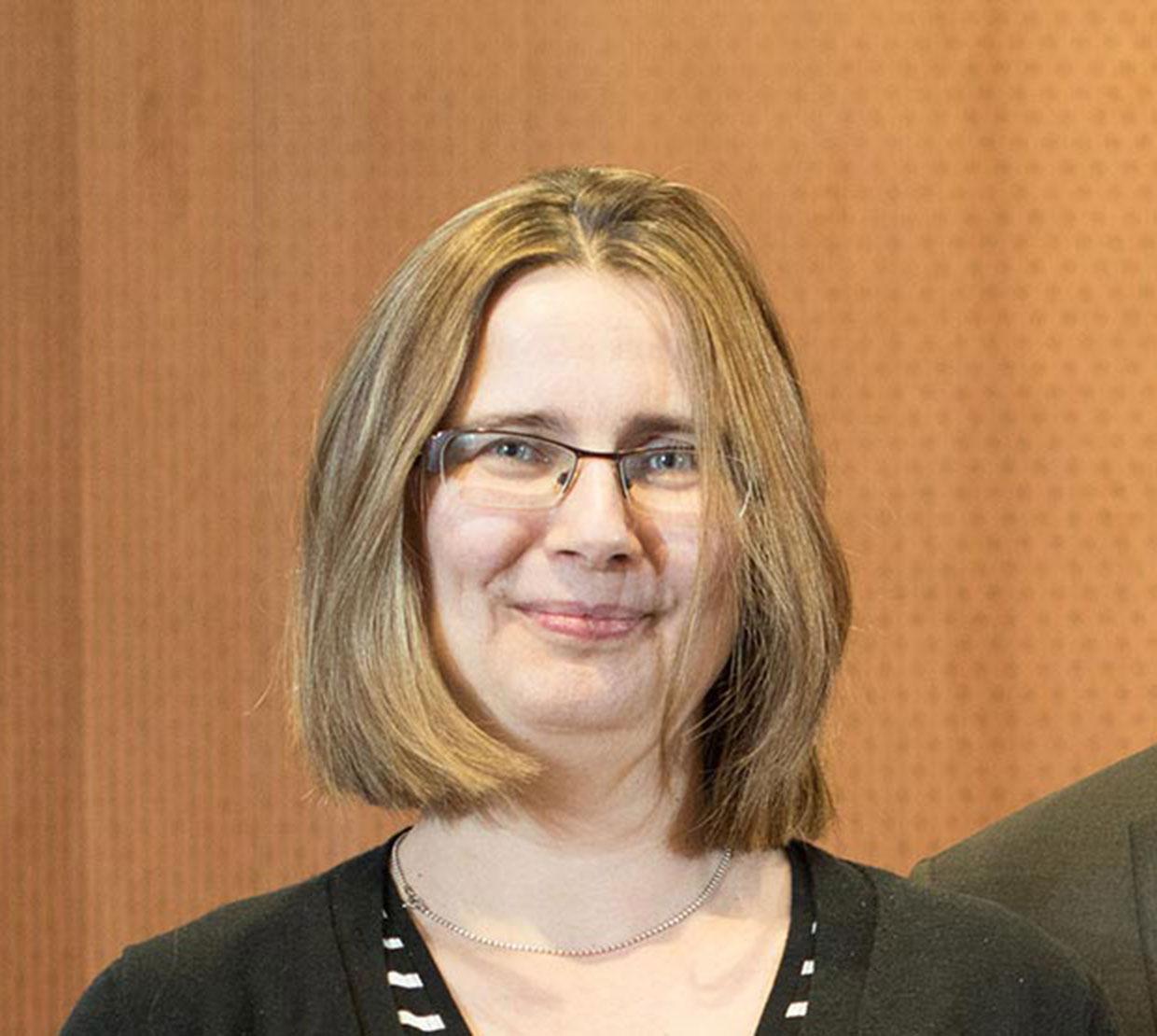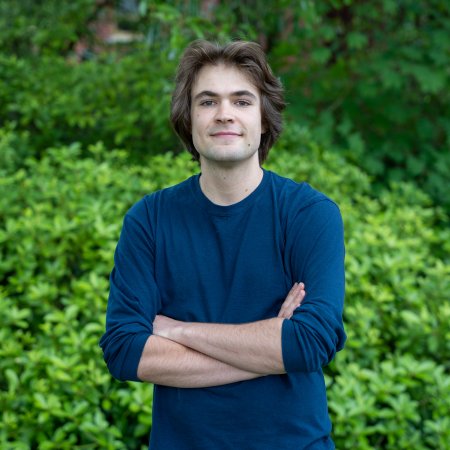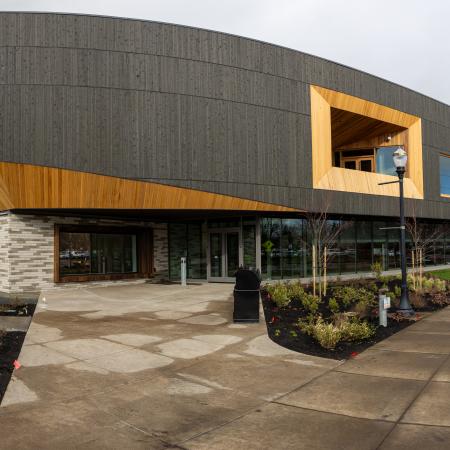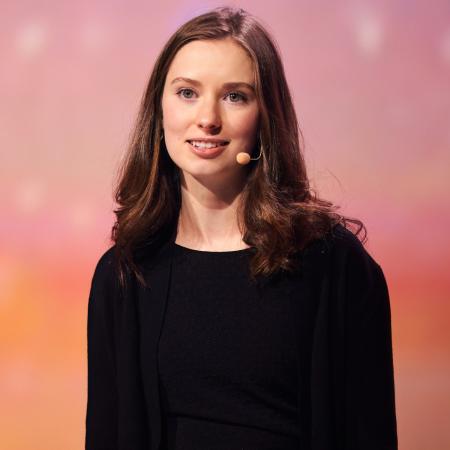Associate professor of physics Oksana Ostroverkhova will spend a year working a research review in the quickly evolving field of optoelectronics.
Oksana Ostroverkhova doesn’t design the cell phones, cameras, laptops and tablets we’re growing to rely on in a fast-paced, technological society, but her research helps make them happen.
The associate professor of physics in the College of Science is an expert in optoelectronics. As Ostroverkhova explains, “In our research we study how light interacts with matter….what happens when you shine a light on something.”
Ostroverkhova and her research colleagues focus on organic optoelectronics. By studying the underlying science of optoelectrics, they assist in developing organic materials that can be used as highly efficient semiconductors. These are part of what make our devices work.
Advances are being made all the time. Applied researchers in industry have created solar cells that could be spray painted on a roof, for instance, and three-dimensional holographic displays that are flexible…that could be rolled out and posted on a wall providing 3-D TV.
The field is highly fluid, with scientists worldwide continually contributing new research discoveries and developing new applications, Ostroverkhova says. Staying on top of the research literature is difficult for these scientists, especially because there are so many disciplines involved: physics, chemistry, engineering, and materials science.
Consequently, with her Women in Science funding she plans to write a high-profile research review paper that summarizes research in the field.
“It is a very inclusive project. You are summarizing 500 papers for experts who may not be up to speed in all elements of the field. You have to be very careful not to misquote. You have to develop a top-down, birds-eye view to relate what groups around the world have done. The last time I wrote a review it took four months. This time it could take longer because the field is more complicated now.”
“My group does a lot of research in the area of optoelectronics and this type of review gets cited a lot. Basically, I’ll be reviewing our work in the context of everyone else’s,” she says. It means that everyone in Ostroverkhova’s field – both academic researchers and those focusing on applications – will become more aware of her lab’s work.
Ostroverkhova says her Women in Science Award comes at an important juncture in her career. Not only will her paper help raise her visibility in the field, it will also strengthen the university’s reputation, leading to new collaborations and research funding.
Strong women
Ostroverkhova developed a keen interest in physics and in optoelectronics while growing up in Kiev, Ukraine. Her father, a professor of Ecology at National Taras Shevchenko University in Kiev who still teaches four courses per term at age 74, and her mother, now a retired computer programmer, encouraged her in her physics studies, although it was a male-dominated field.
“I have a strong character. I can survive in any society. In the Ukraine, when I entered the physics department they let me know that women were not making it in theoretical physics.” She subsequently graduated with highest honors from Taras Shevchenko with a diploma in physics and optical engineering.
Her academic record in the Ukraine enabled her to pursue a Ph.D. in physics from Case Western Reserve University in Cleveland during the 1990s. She graduated in 2001, thinking she would become a scientist working in industry, “developing something for society to use.”
But just as she received her degree, the technology bubble burst and jobs in industry became scarce. So, instead her career path led to academia, first through a post-doc at Stanford University, then a fellowship at the University of Alberta, Canada.
Although she does not directly create new applications, Ostroverkhova continues to have a strong interest in applied research, an interest she reinforces in the classroom. In her graduate and undergraduate courses she frequently performs demonstrations showing different kinds of light/matter interactions. Graduate students are required to pursue research-related projects.
“We focus on the study of organic molecules. Much of the research we are doing is applicable to living systems. An example of the work under way in this area is photodynamic therapy. This involves putting light-sensitive organic molecules in the bloodstream to find and destroy cancerous cells….a process activated by light. “
Currently she has five Ph. D. candidates, three of whom are women. She also has three undergraduate students, one who recently was awarded the prestigious Janet Richens Wiesner University Honors College Scholarship for Undergraduate Women in Science.
The representation of women in the field is pretty much the same as it has been since she began teaching at OSU in 2005, but it is getting slightly better, she says. Programs like Women in Science are helping, as well.
“The people are wonderful and my colleagues are supportive...I hear about what’s going on in all the departments in the college and in engineering and other areas. Because the university is relatively small and people are closer together it is much easier to know what type of research is being conducted in fields related to optoelectronics, “ she says.




